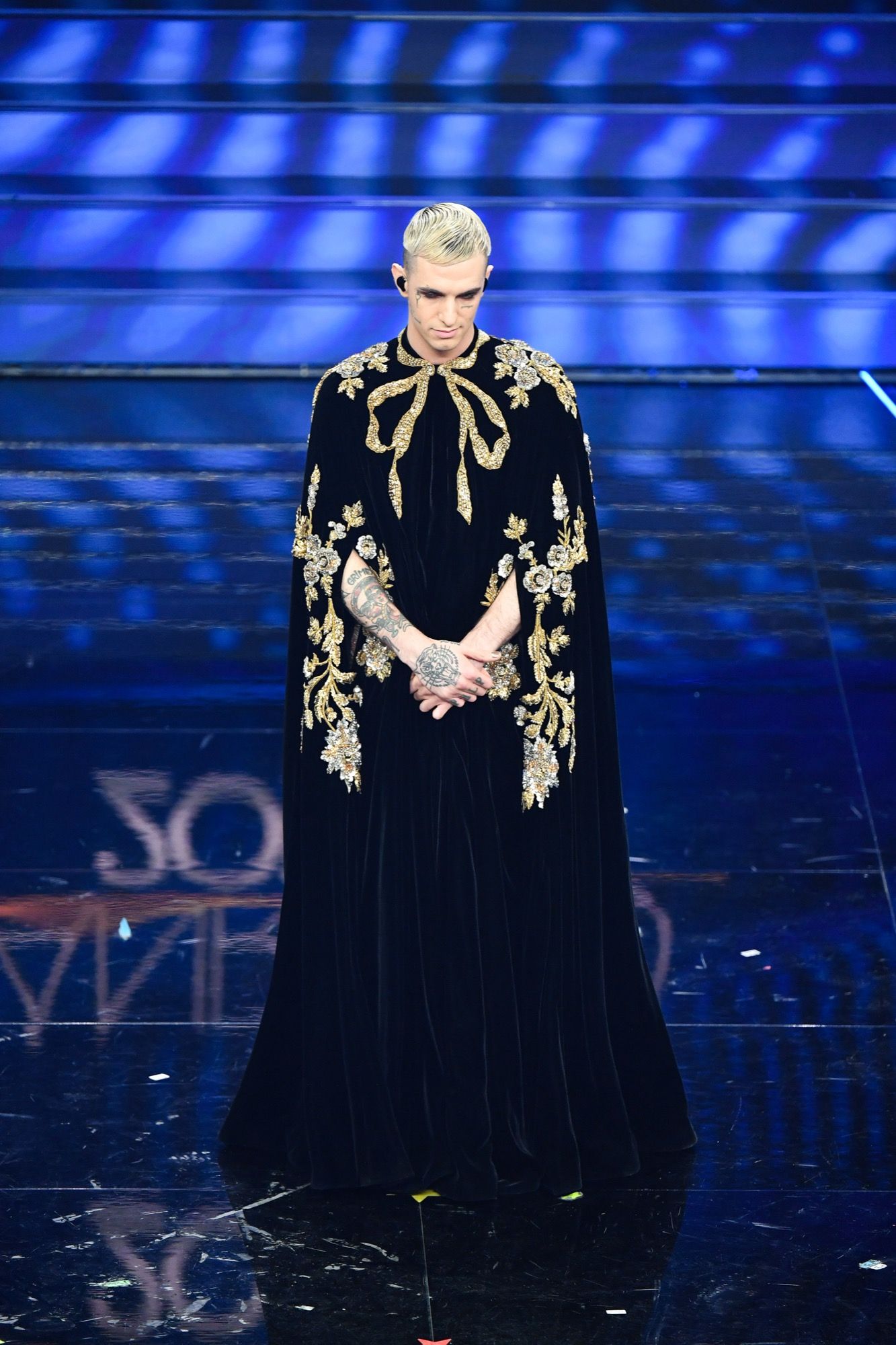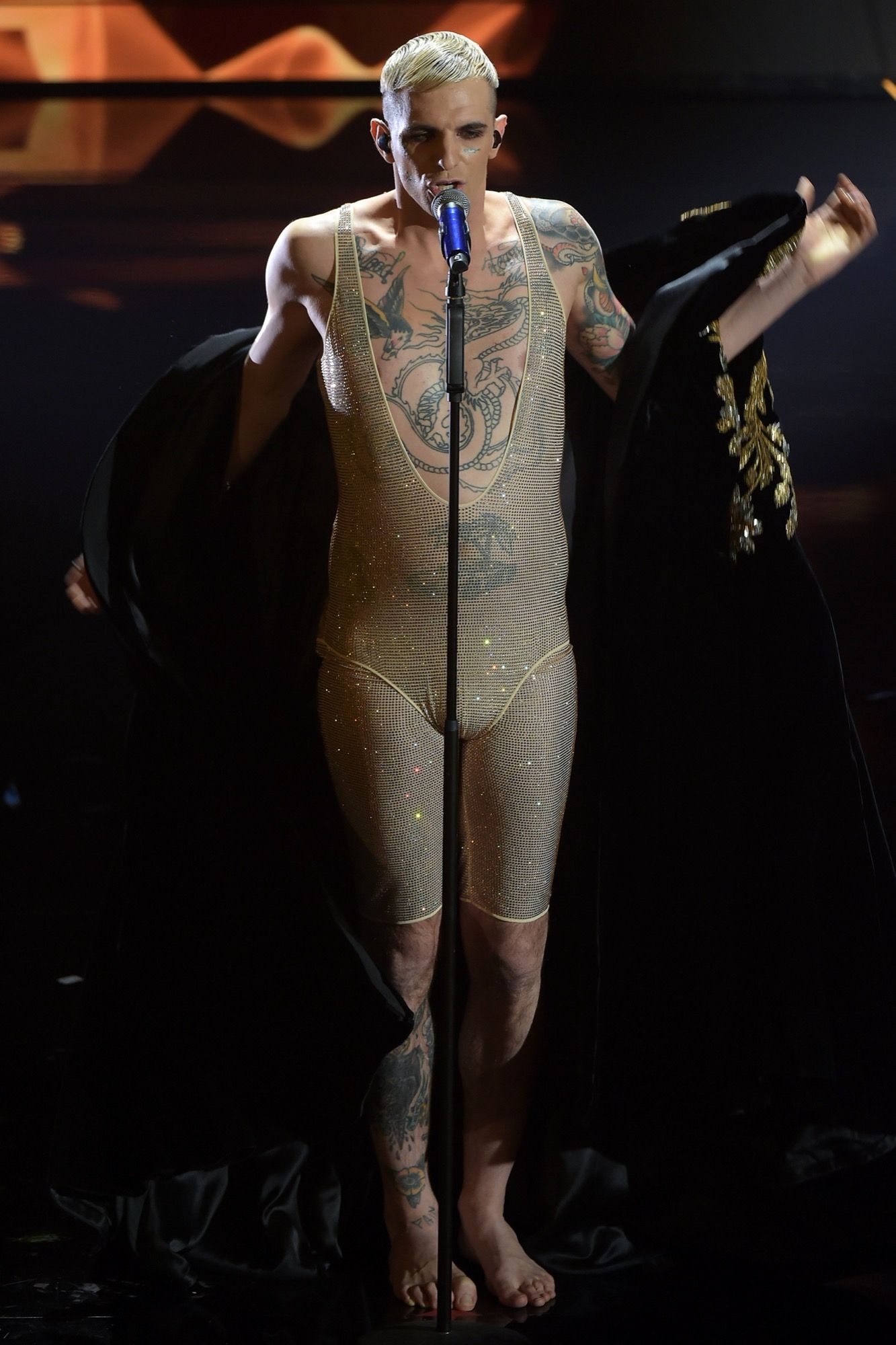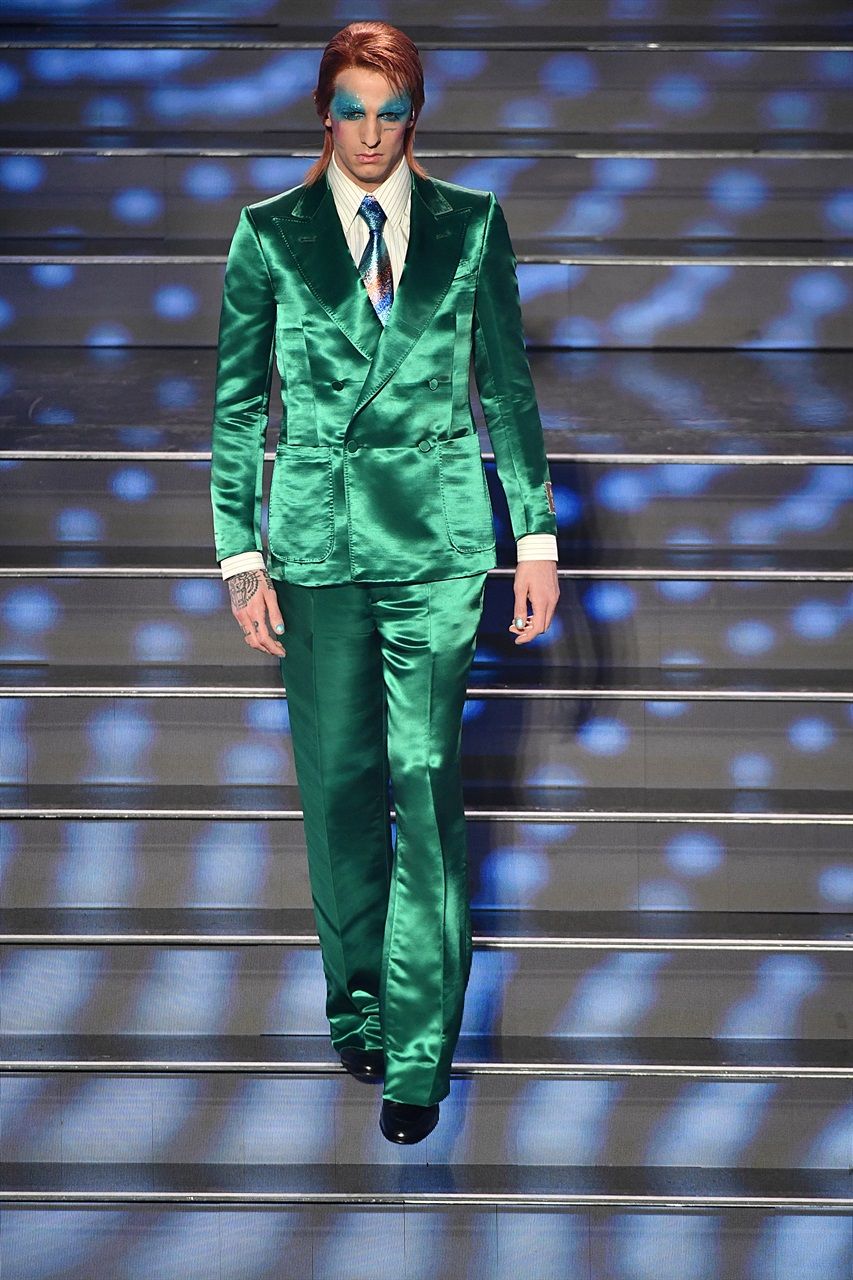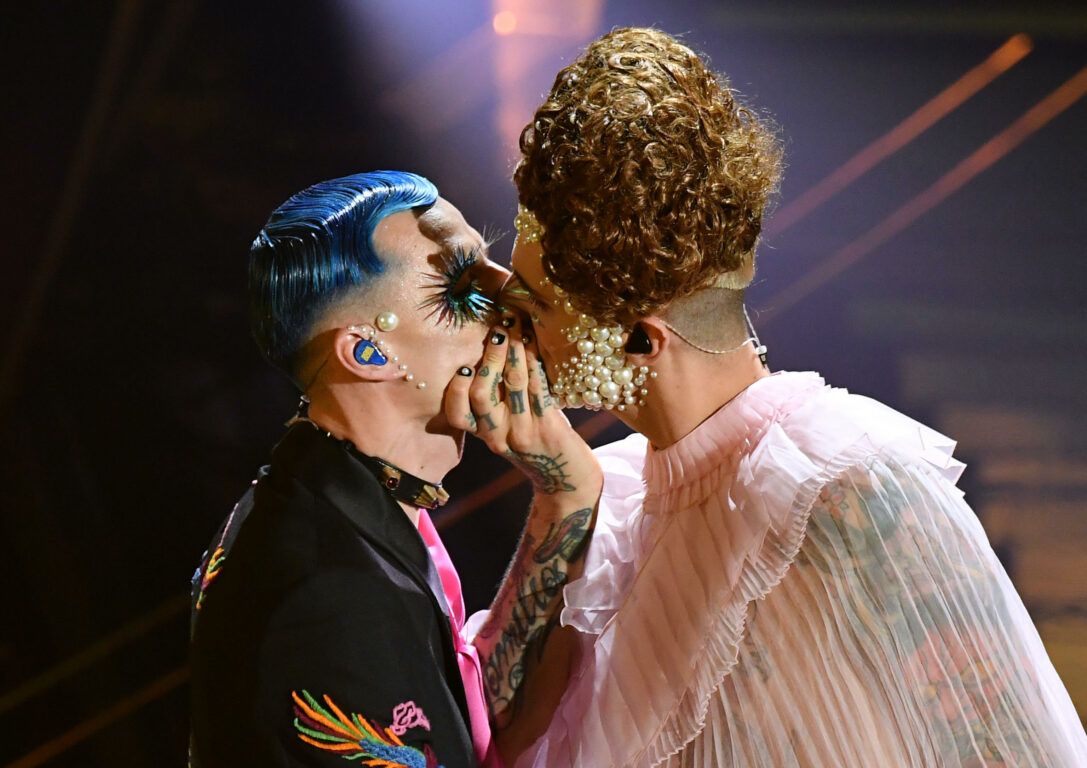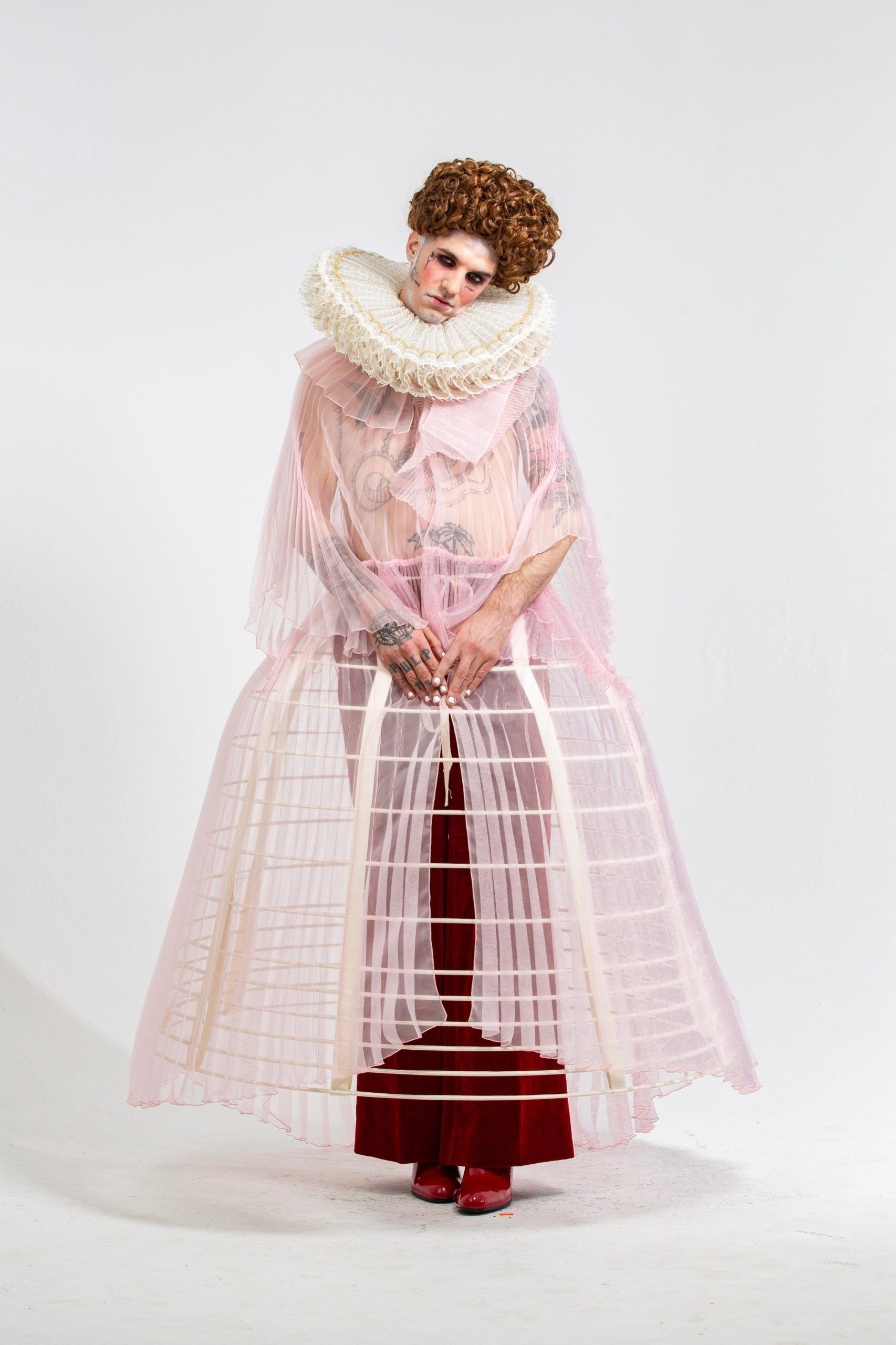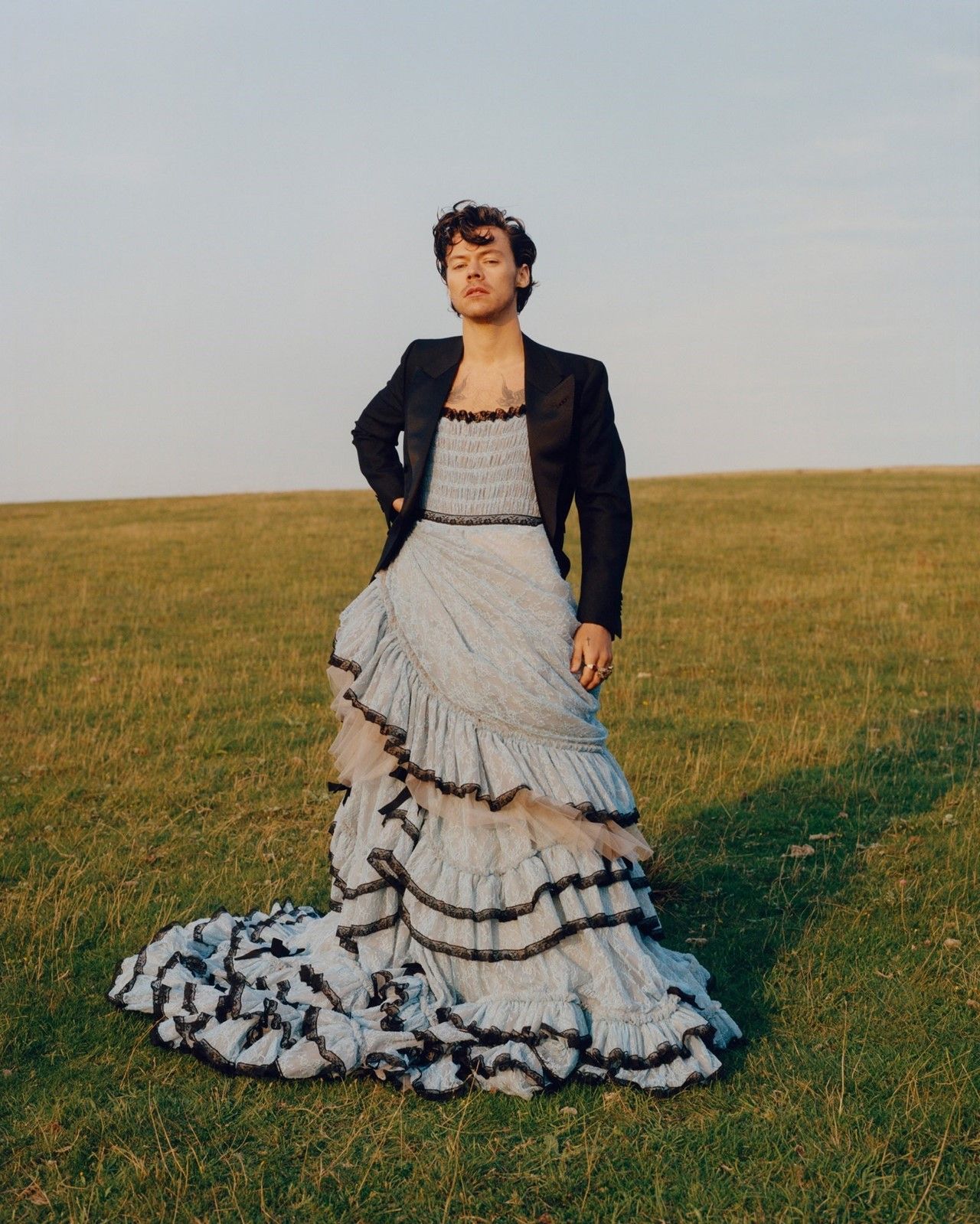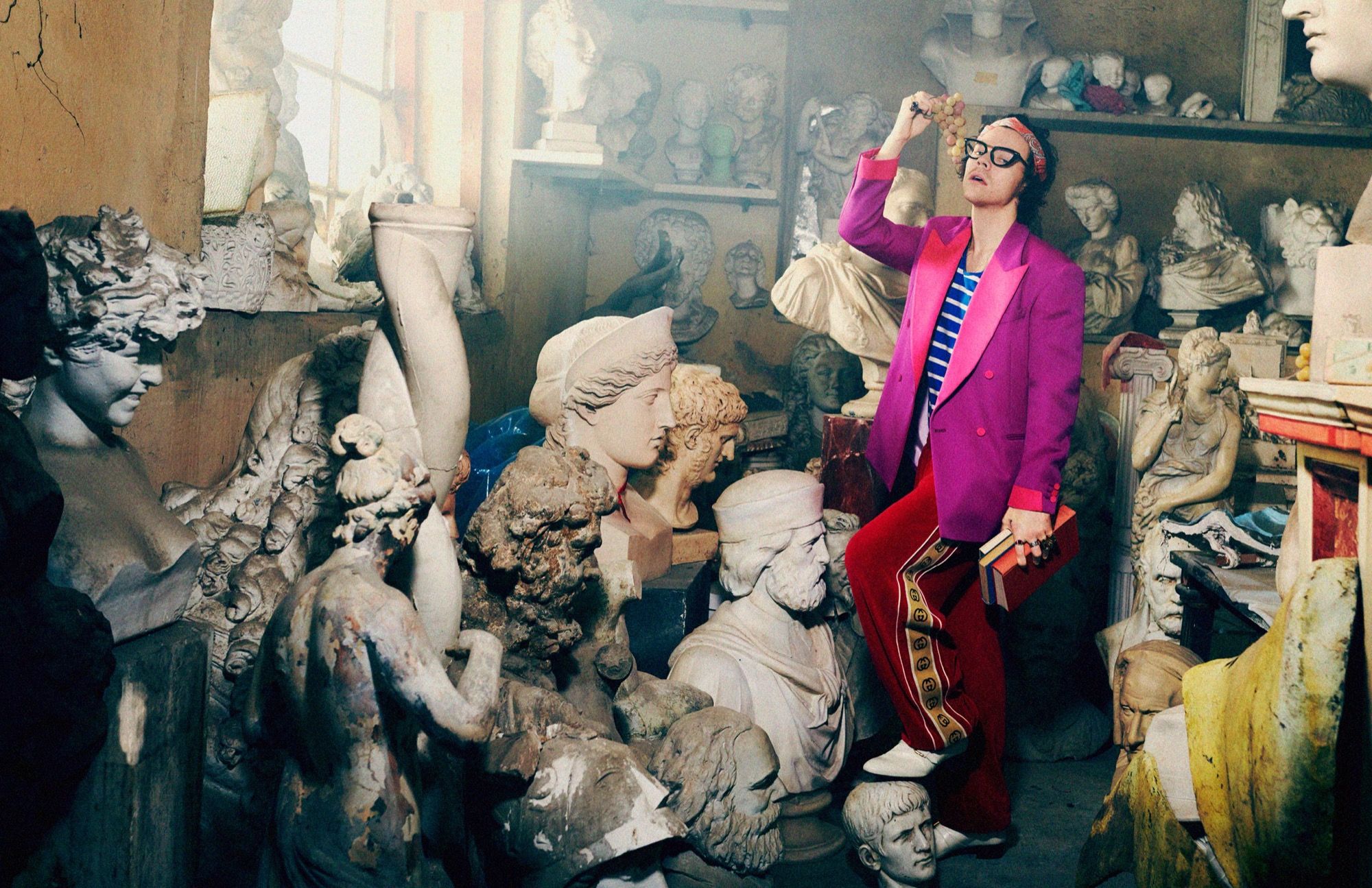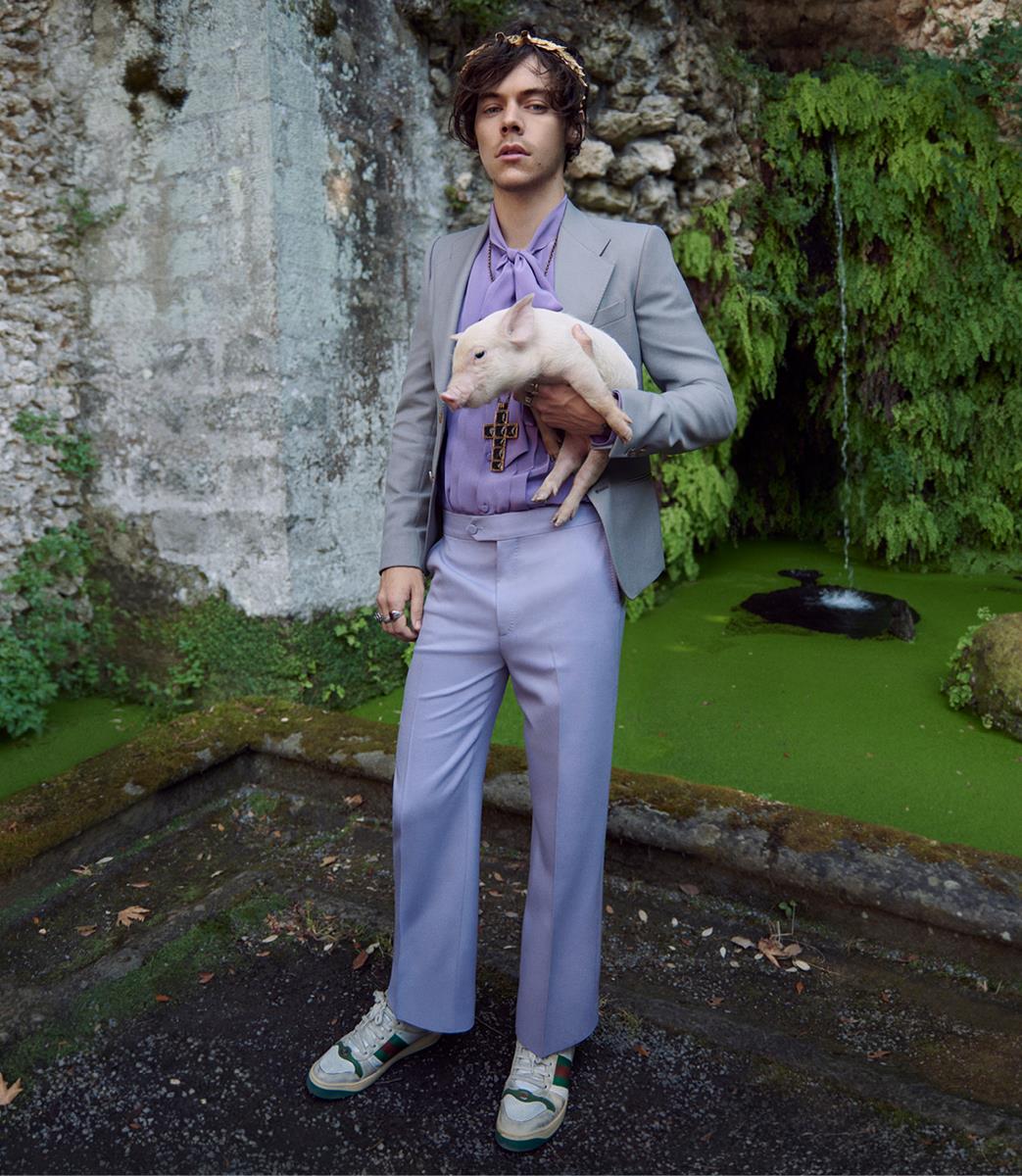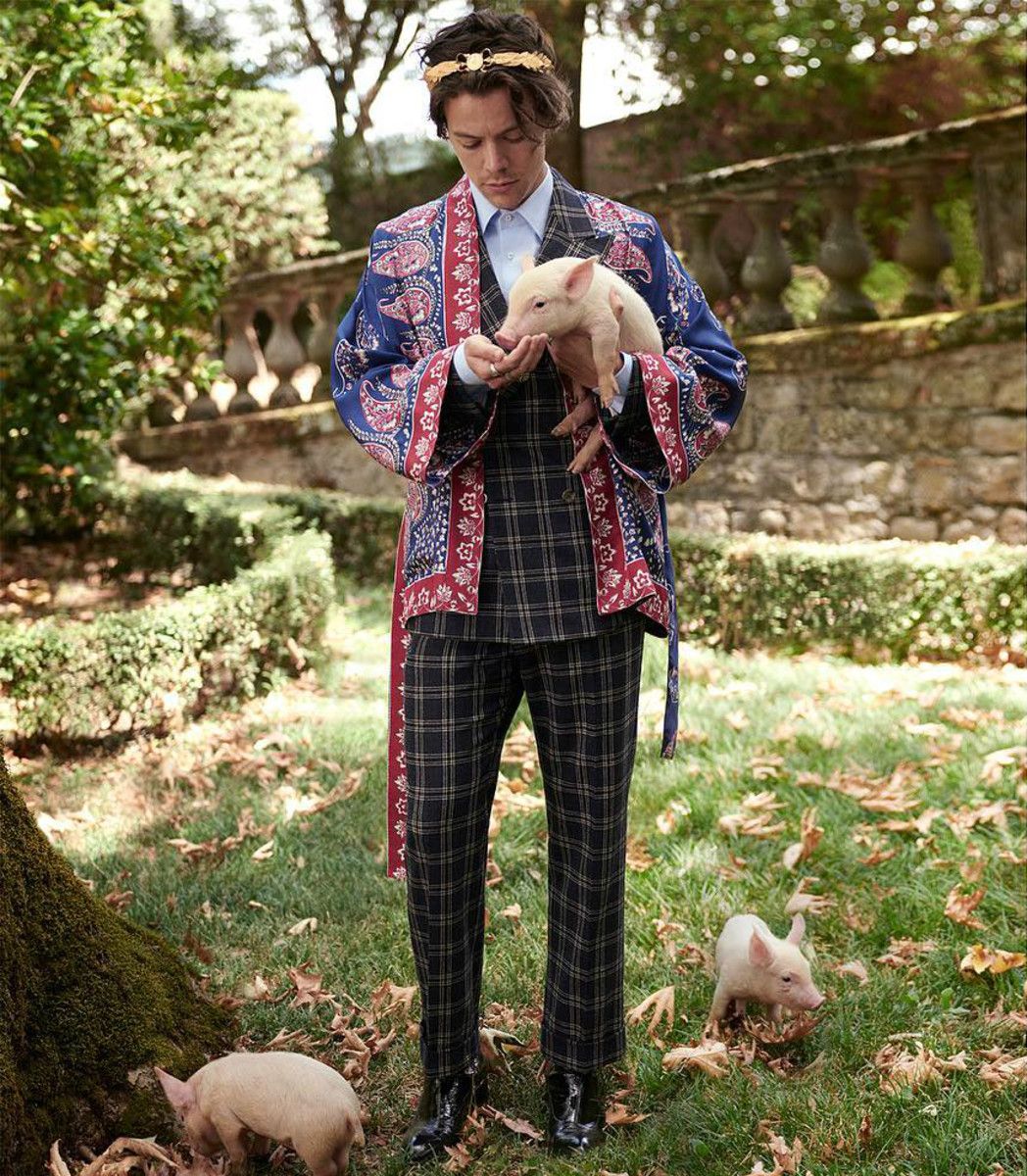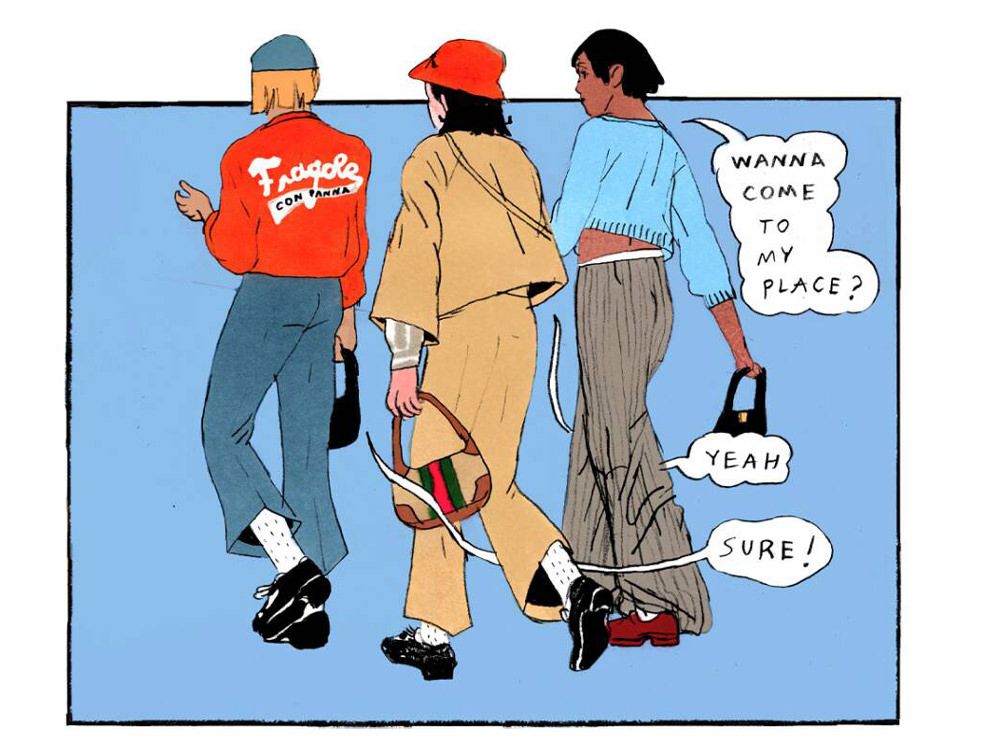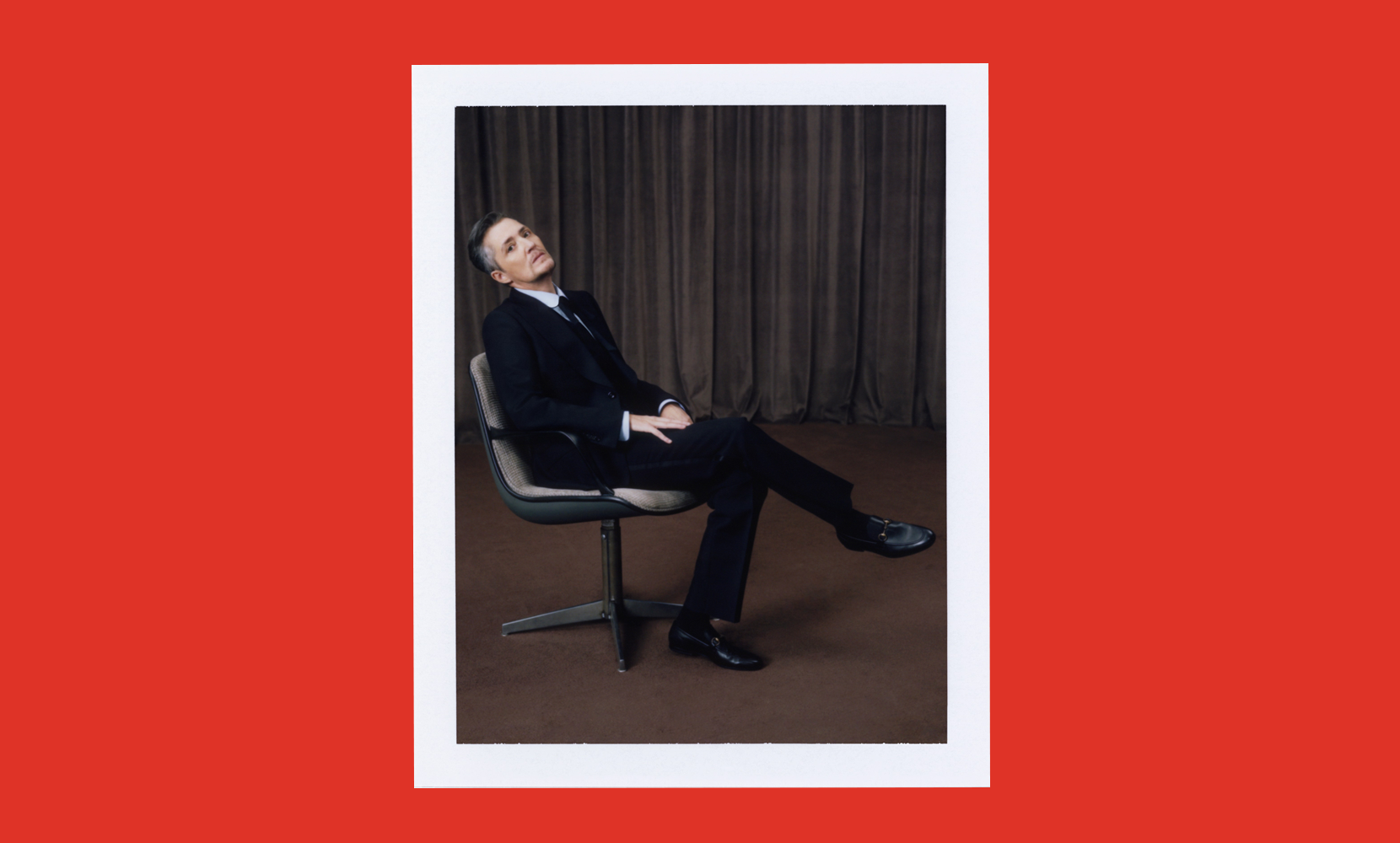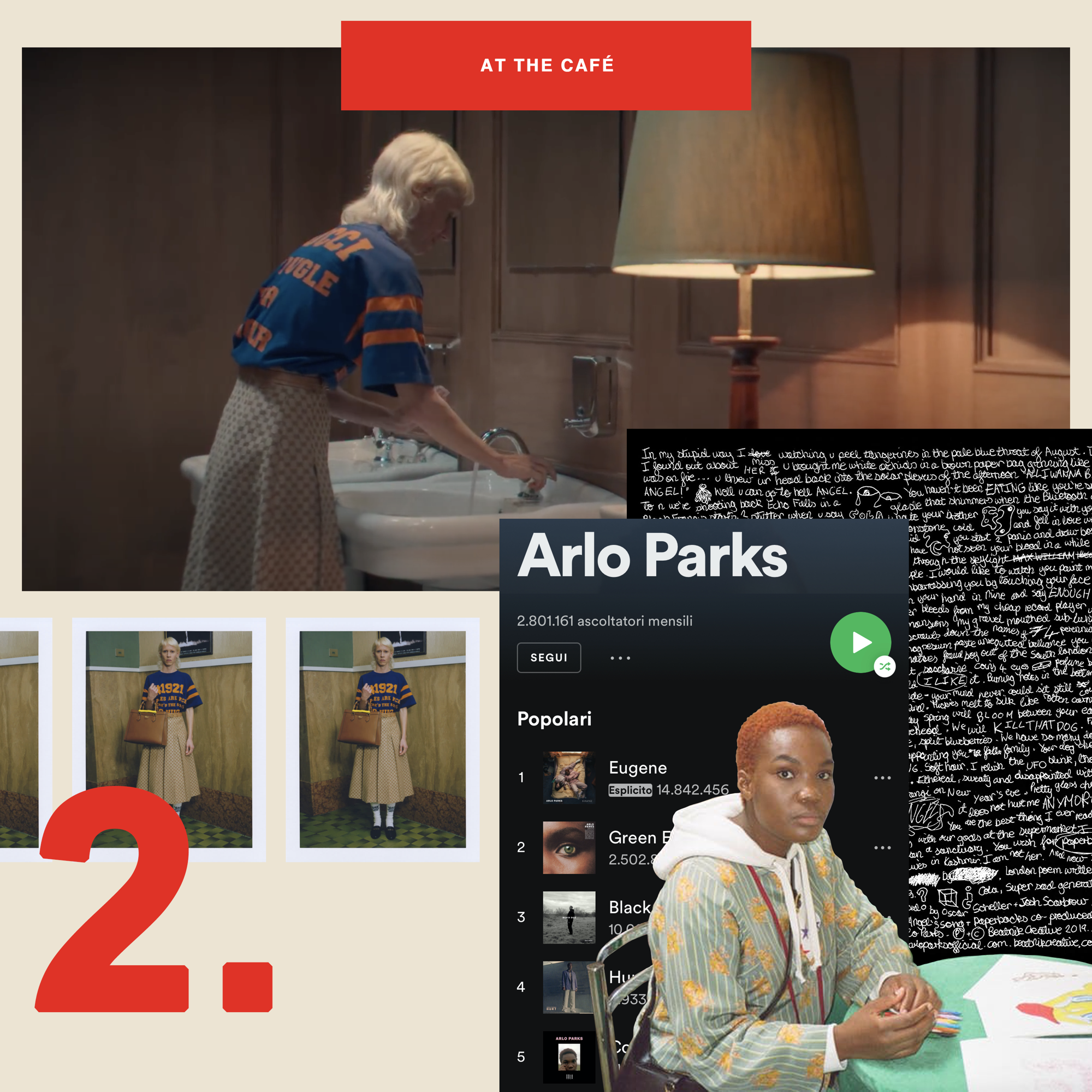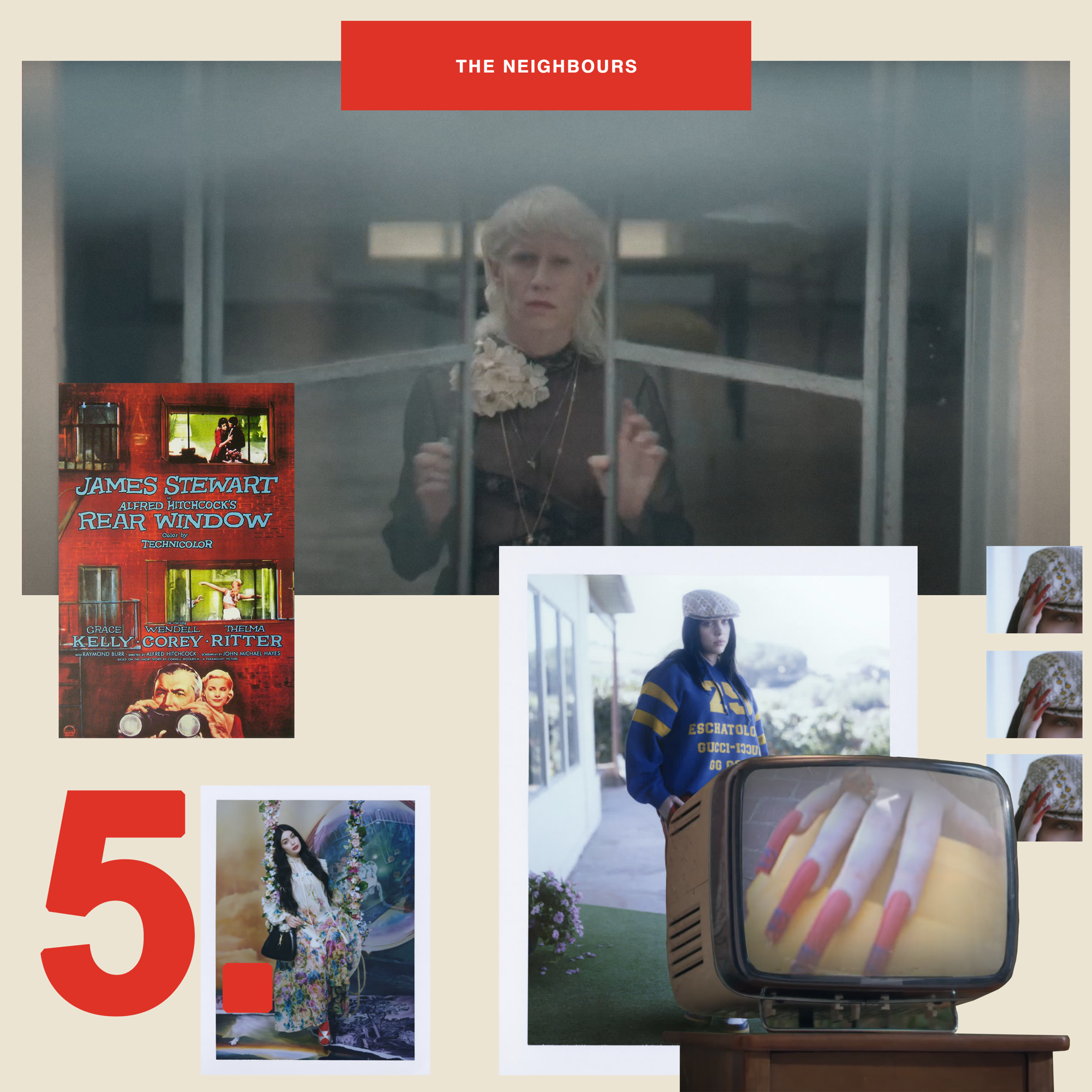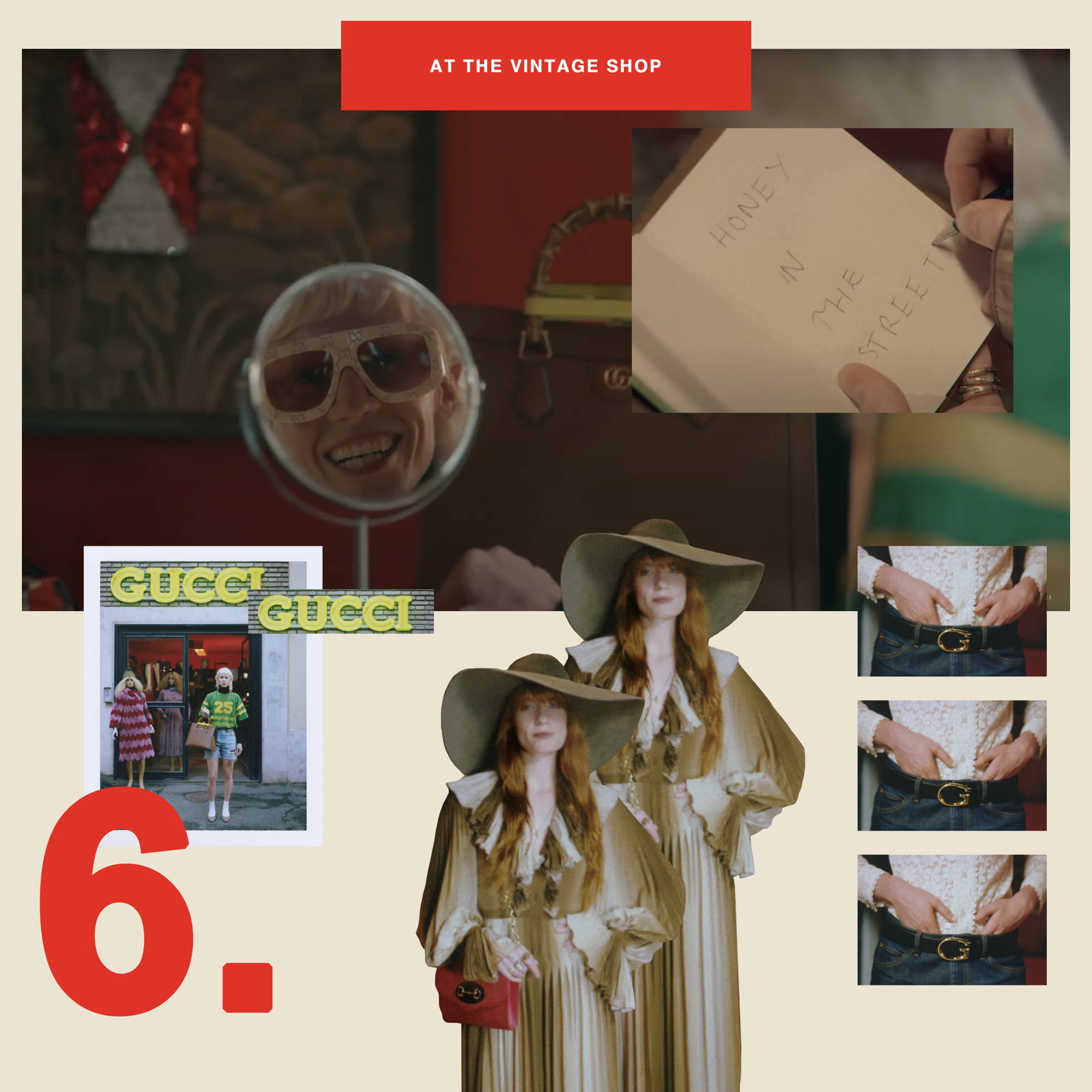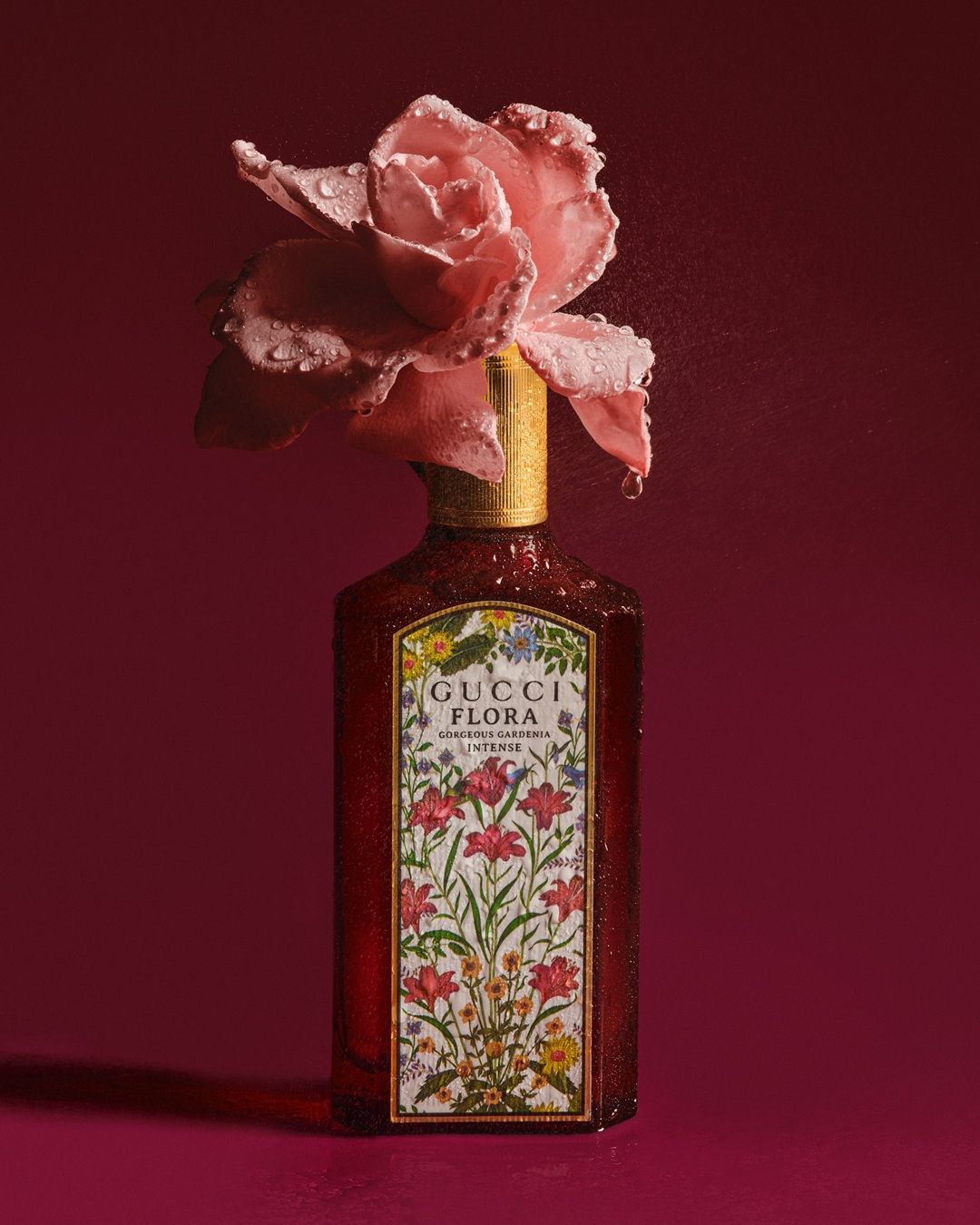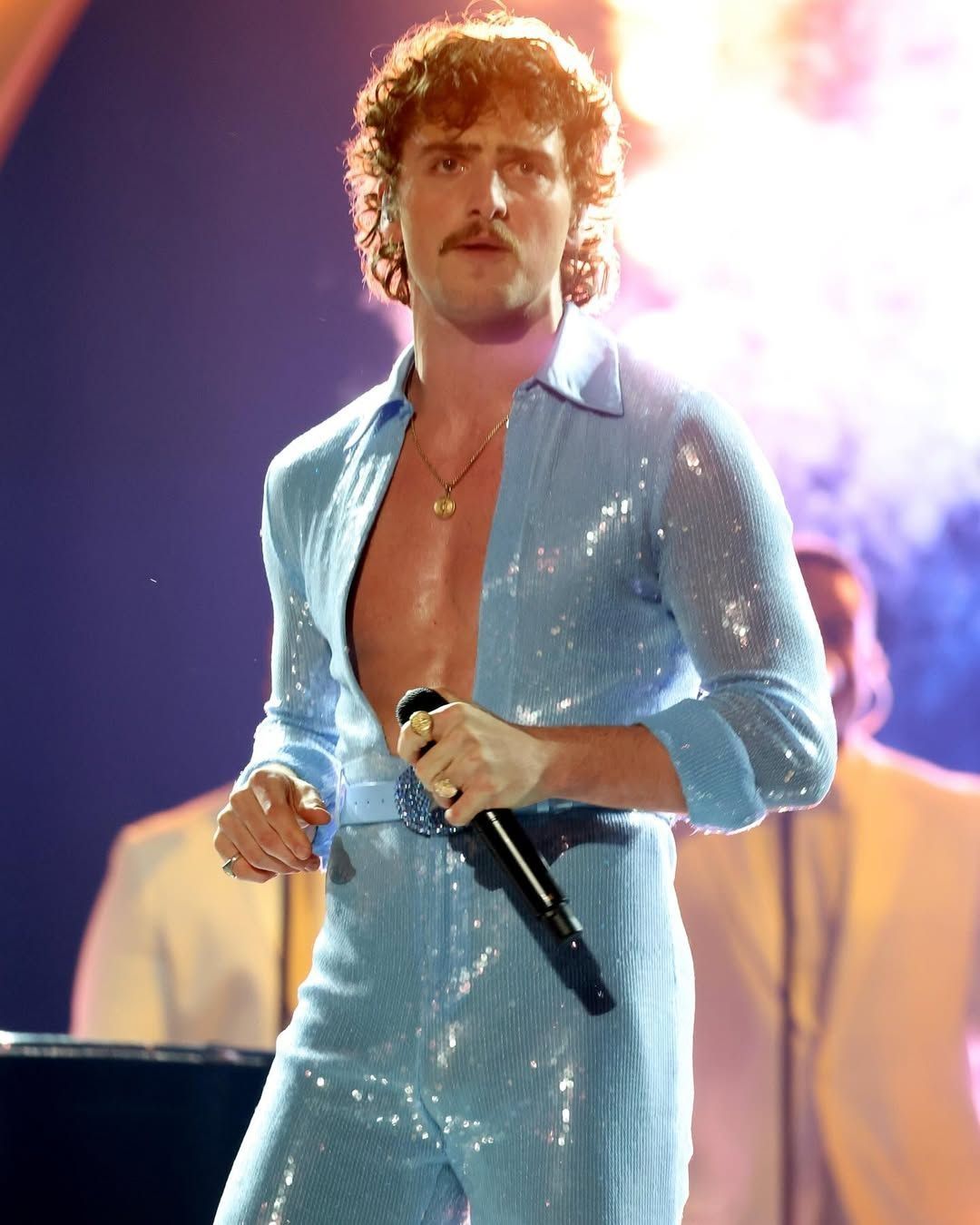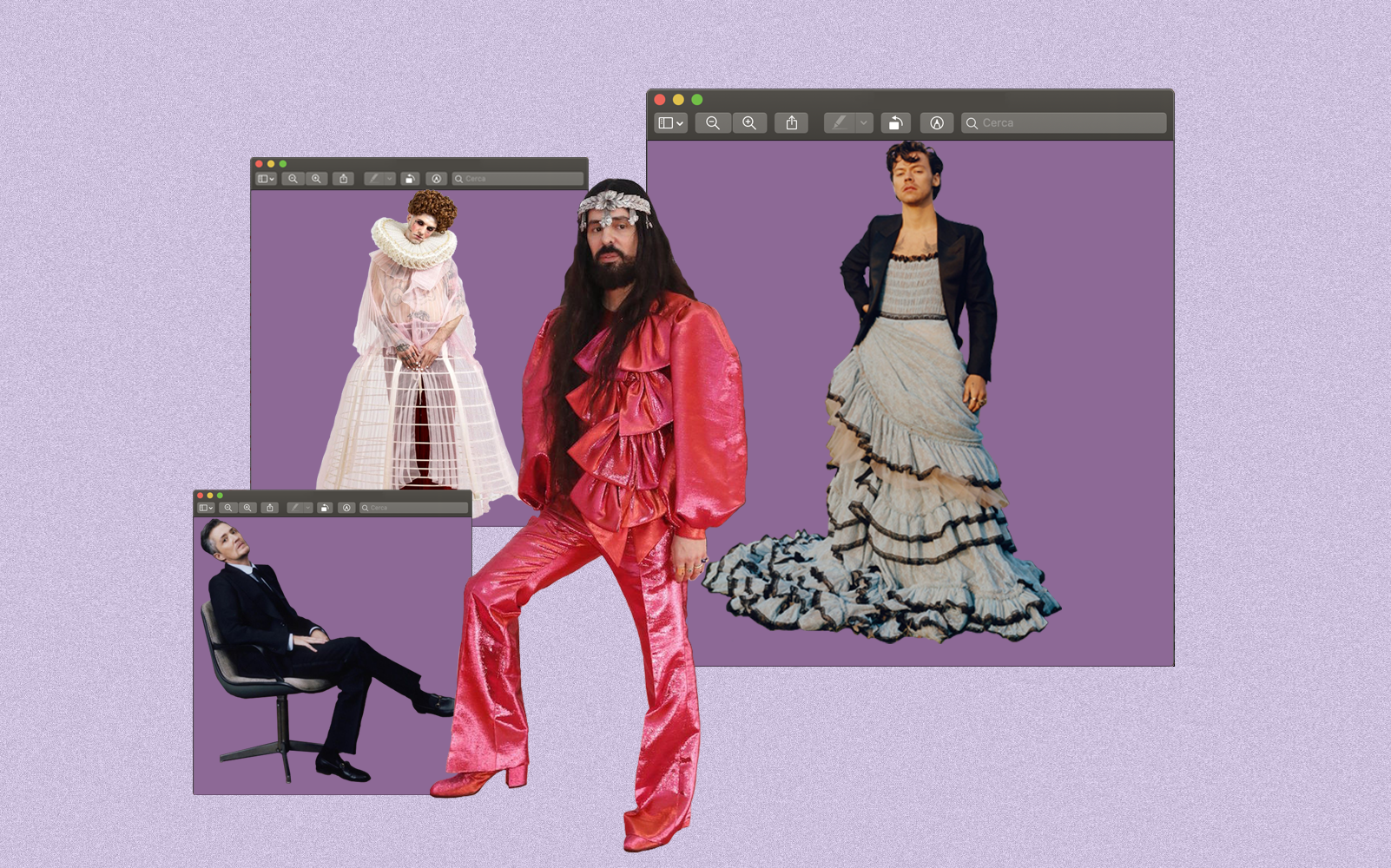
5 times Gucci challenged the concept of gender From the New Masculinity to Preciado's theory
During this already complicated and challenging year, in the fashion industry, Alessandro Michele has decided to be at the forefront of gender issues. In fact, over the past few seasons and months, Gucci has been involved in deconstructing, affirming and disseminating a series of ideas that revolve around the concept of gender, intersecting with sexual education and more academic theories. But, what is gender?
It seems that today it has become an obsession, but it is not a new topic. This is a notion that has been, and still is, constantly problematized. In 1957 John Money, a psychologist and sexologist, coined the term "gender" differentiating it from "sex" to indicate the belonging of an individual to culturally recognized groups known as male and female. Both categorizations present expectations, both from a social and cultural point of view, about what roles one should assume and how one should present oneself in society. For most people, gender matches the cultural expectations of the sex assigned to them at birth. The feminine includes pink, dolls, make-up, skirts, good manners. The masculine is made up of blue, toy cars, football, brusque ways, boys will be boys and, in short, a whole series of other stereotypes. Gender is therefore a social construct.
Gucci has consciously chosen to re-read this code, and this year it has done so, at least, five times.
#1 FW20, a farewell to toxic masculinity
With the notes entitled Masculine, Plural, the F/W 2020 Men's collection was an invitation to go back to childhood, to sit back at school and learn, in a different way, to be "male".
In fact, Alessandro Michele urged men to revise what they were taught, open up to a new romanticism and abandon macho behaviours - the emblem of which was the t-shirt in collaboration with the proto-punk artist and musician Richard Hell, where the words "Impatience" and "Impotence" overlapped. Last January Michele specified that he didn't want to completely destroy the male world, nor to suggest a new regulatory model, but to problematize its constraints and expand it. This is why the collection wanted to capture childhood: a moment devoid of the contamination of social norms relating to the ideal of masculinity; a moment from which to start to reconnect with one's own fragility and tenderness, questioning external conditioning. In this show, Gucci intertwined Men’s Studies and the “nature versus nurture” debate with a romantic aesthetic, to the rhythm of a pendulum that refers to Michel Foucault's philosophy.
The protagonist of this global pop deconstruction was certainly Harry Styles, of whom there has been a lot of talk lately in relation to the December cover of US Vogue, where Tyler Mitchell portrayed him with a long flounced dress by Gucci. The duo Michele-Styles has been collaborating for years, and the artist has always used his image to incite the fight against gender stereotypes. He did it at the Met Gala's Notes on Camp, but also at this year's Brit Awards with the Mary Janes shoes, the lace collar, the pearls and the lavender nail polish.
In the wake of this New Masculinity, in Italy Gucci focused on the singer Achille Lauro, dressing him for the Sanremo Festival. The outfits, which had great resonance, were inspired by the Catholic aesthetics of St. Francis and Our Lady of Sorrows, among other references. And Gucci, in the few minutes of the performances, was able to convey - with skilful storytelling - a completely innovative artistic and cultural expression, especially on the concept of gender fluidity.
#2 The Sex-Ed Podcast
Masculinity (and the eroticism of Nature) is still a topic treated in an interview with Alessandro Michele in the podcast The Sex Ed. At the end of March, in fact, he announced a collaboration with the platform founded in 2018 by Liz Goldwin, becoming the sponsor of the entire third season. «Ohh La La, and Gucci Coo Babies».
With this partnership, Gucci has decided to amplify the conversation carried out by The Sex Ed to actively remove the multiple taboos that society has on sex. This is the approach of the podcast (and of the entire platform of The Sex Ed), in which you can find interviews with characters of all kinds, from Riley Reid, world-famous pornstar, to the writer Peggy Orenstein. Each episode analyzes a theme linked to sexuality, but also to reproductive health, gender and well-being in general. Here too, it is a further opening of Gucci to the contemporary, as Alessandro Michele had mentioned: the outside world is like this, I didn't invent anything. It is the aesthetic reading of something I already see on the street.
#3 Chime for Change: #StandWithWomen
In February 2013, Gucci co-founded a global campaign, Chime for Change, in favour of gender equality. Over the years Gucci has carried out several initiatives, such as Let Girls Dream (which also gave rise to an interactive site and a short film produced by Gloria Steinem) or To Gather Together (2019), in collaboration with the artist MP5, where a new graphic identity was presented with illustrations representing profiles of androgynous people, whose sexual organs, primary and secondary, were covered thanks to the equal symbol. One of the latest projects, however, was #StandWithWomen, conceived during the first wave of Covid-19.
In fact, the pandemic has amplified gender inequalities and in particular violence against women. With this initiative, Gucci has promoted a fundraiser for multiple non-profit organizations to help women and girls around the world. One of the interesting parts of the project is that it explicitly speaks of women of colour, transgender women, indigenous women and disabled women, with attention to intersectionality that few brands can boast. "Intersectionality" stands for the interconnected nature of social categorizations as they apply to a given individual or group, regarded as creating an overlapping and interdependent system of discrimination or disadvantage. Considering this category (introduced by Kimberlé Crenshaw in 1989) means re-questioning the gender notion and inserting oneself into a “difference” thought that considers multiple axes of oppression (such as for example, ableism, classism and racism). To put it simply, if a woman is discriminated because she is a woman, a black woman is discriminated both because she is a woman but also because she is black, the same for a transgender woman, discriminated further for not being cis. This is necessary above all to recognize one's own privileges and to open up to the battles of others, even without being personally involved.
#4 Mr, Mrs o MX?
At the launch of To Gather Together, Gucci also presented The Future is Fluid, a short film produced by Irregular Labs and directed by Jade Jackman. The film «tells a story of blurred lines and borders, a story that lives in the space between - between languages, cultures, time zones, and binaries. One told by the voices of the next generation that are (re)defining our world through a prism of fluidity». Gucci investigated what “gender” really means for the Generation Z, in relation to the concept of fluidity. We no longer speak of masculine and feminine in an exclusionary binary system, but the discourse opens up to the nuances present between and around these traditional poles. That's why last uly Gucci presented a new section on its website entitled GUCCI MX (we reported on it here too), aimed at supporting non-binary shopping. On the site, you can find genderless garments and looks, which have also been repurposed as illustrations in the Frankenstein fanzine.
"MX" is a neologism coined in the late 70s, an alternative to titles like Mr. and Mrs, for people who do not want to express their gender or who do not recognize themselves in the other two. Also, in this case, the brand wants to play with the constructive nature of gender, demonstrating that a dress is never just a dress, but encompasses personal, social, sexual, political, ethical and - of course - also aesthetic discourses. Quoting Judith Butler's theory, Gucci argues that what we wear has a performative nature, as gender has.
#5 Preciado and GUCCIFEST
Academic theories also reappeared in November with the GUCCIFEST. In the first episode (At Home) while the protagonist, Silvia Calderoni, is stretching on the parquet, on television we hear a speech by Paul B. Preciado, one of the greatest contemporary exponents and philosophers of queer theory. The choice to include a figure like him is programmatic.
The philosopher was assigned female sex/gender at birth and grew up according to the gender regulatory code at least until, thanks to the radical feminist liberation process, he started with testosterone injections. He defines himself as transgender, not man, not woman, nor a straight, gay, or bisexual. He considers himself a dissident of the gender/sex system. Historically, genderfluid, non-binary (and so on) subjectivities have always been considered monsters; but now, according to Preciado, we’re living the process of reversal of that logic of oppression, we are experiencing a time when the monsters are taking the floor.
Starting from the theories of the Spanish philosopher, Alessandro Michele renegotiates gender expectations by freely using clothing and celebrating the freedom to be whoever you want, from the 1961 Jackie worn by actor Jeremy O. Harris (ep.6) to the final outfit worn by Calderoni. Each episode evokes a world of contamination which, while following a common cultural code, is not understandable to everyone; so Andrea Batilla (former IED director, journalist and fashion writer) practically held a "lesson" in a live broadcast on Instagram (which can be seen here on IG-TV, in Italian) right on GUCCIFEST, reporting some cultural references:
Gucci, therefore, presents a “complex” but precise value system. The arguments are not innovative, but we are talking about a revolutionary positioning for a luxury brand. Sensitivity on these topics has grown in recent years, especially among Millennials and Gen-Z, and obviously, brands have noticed it. Rainbow-washing consists of all marketing or social activities aimed at presenting a brand or a project as LGBT+ friendly, with the aim of increasing public consensus. More and more multinationals try to show themselves open to these issues, intercepting what is considered a trend. Fluidity is not a fashion, but at the same time it can be one of the values on which to base one's creative process, and this is precisely the case of Alessandro Michele and therefore of Gucci, who is bringing a new code into the mainstream, breaking patriarchal mechanisms and binary norms. Preciado sums it up well in his speech: this revolution is going to be about love, about changing desires.





















































